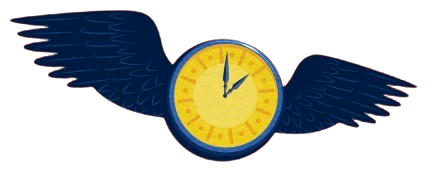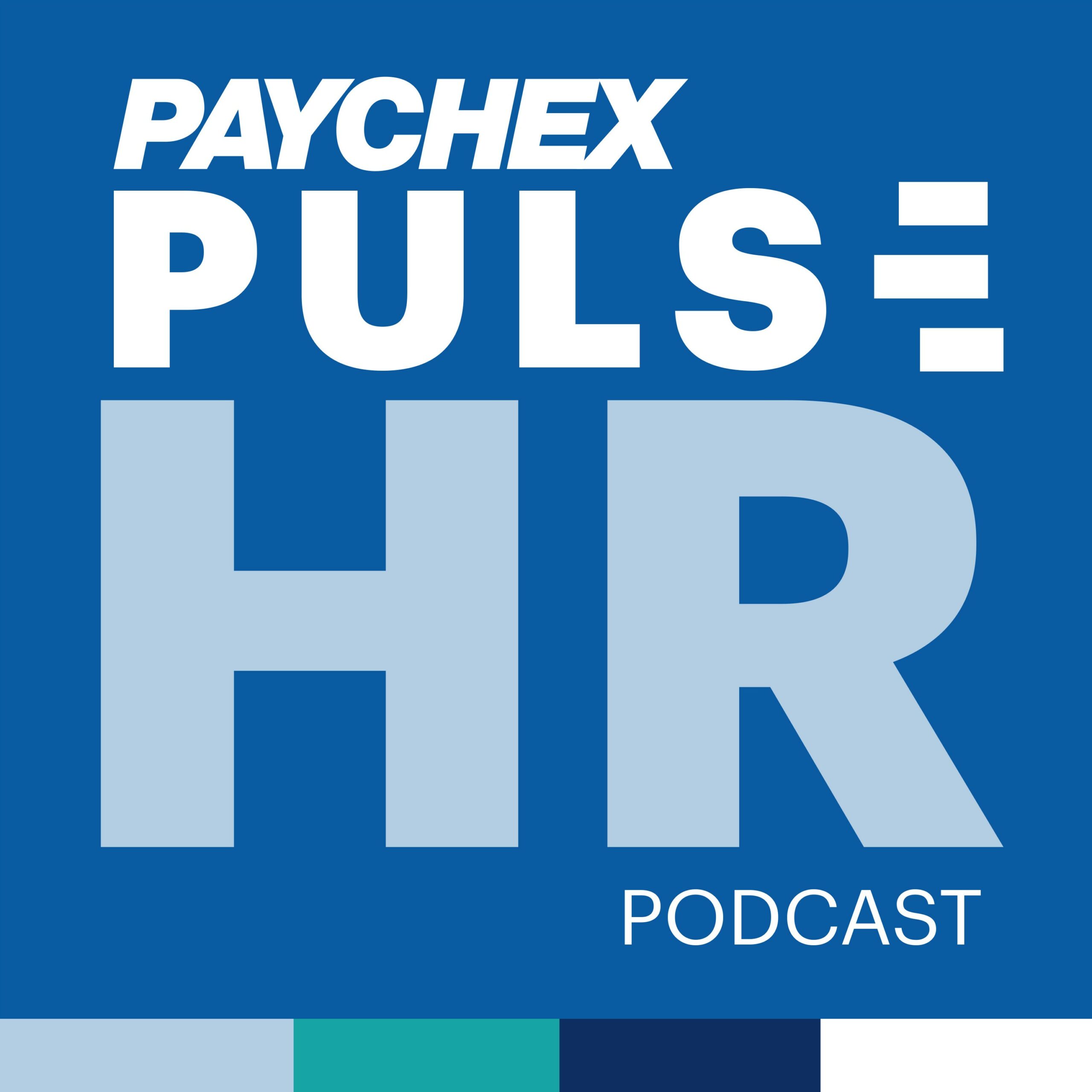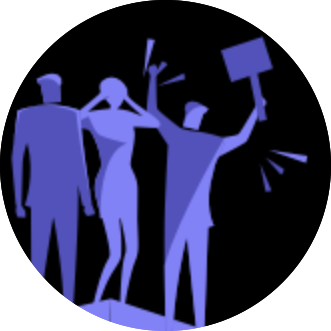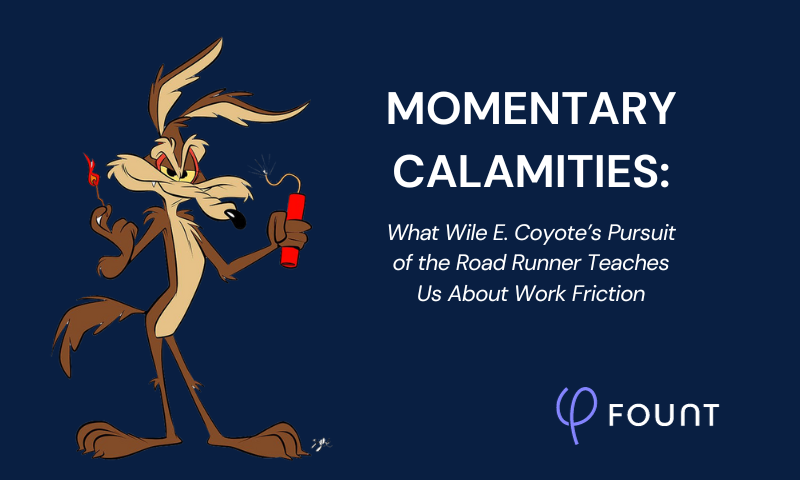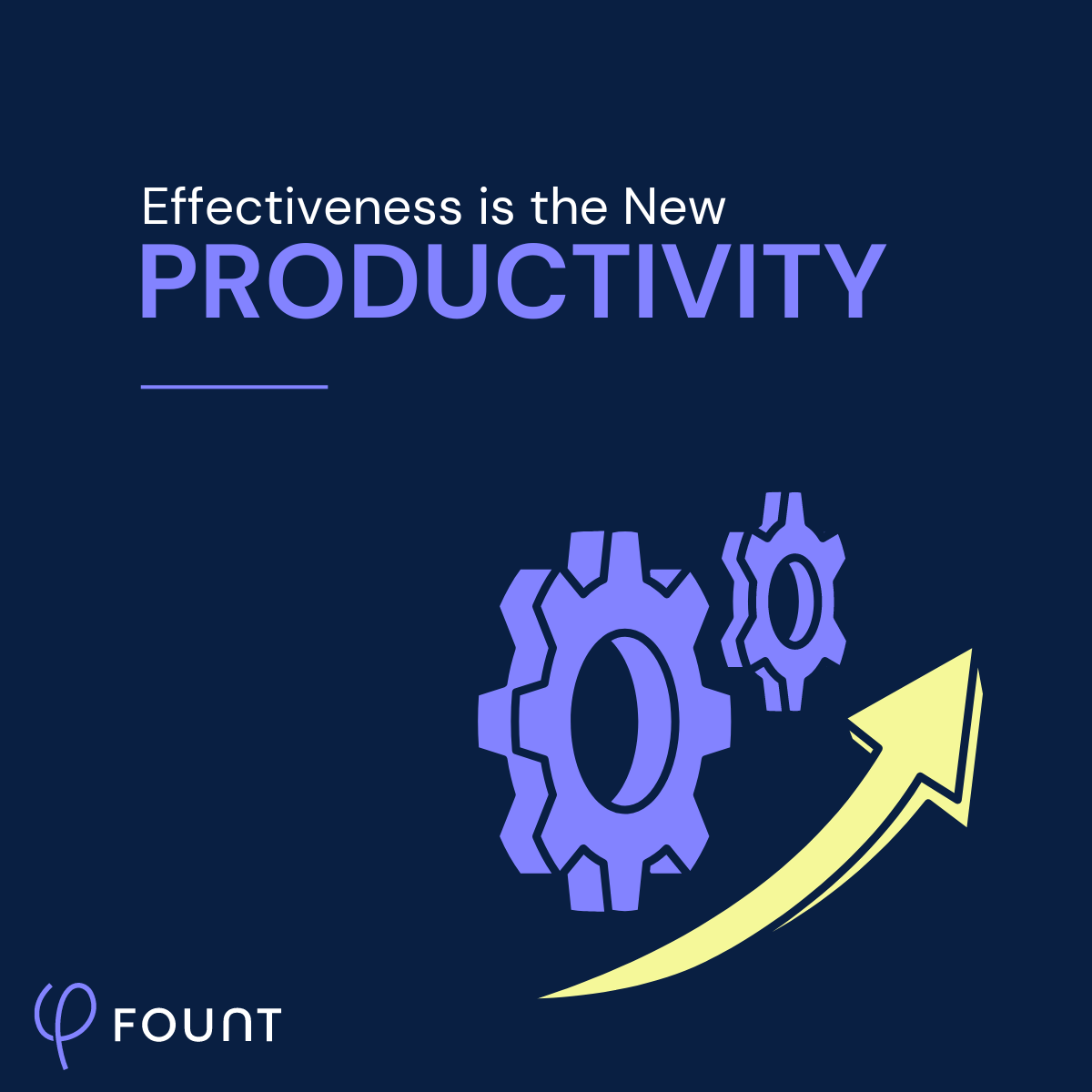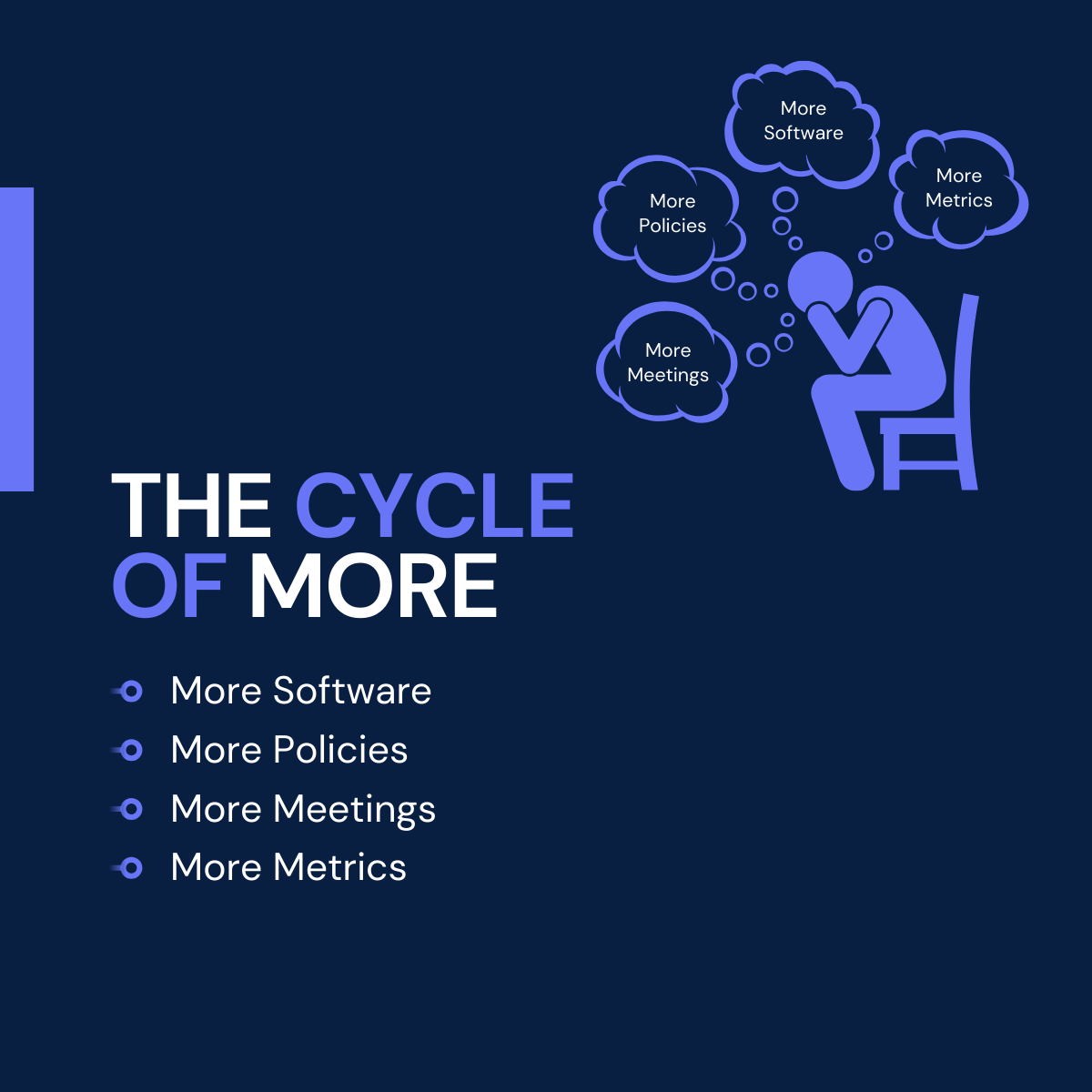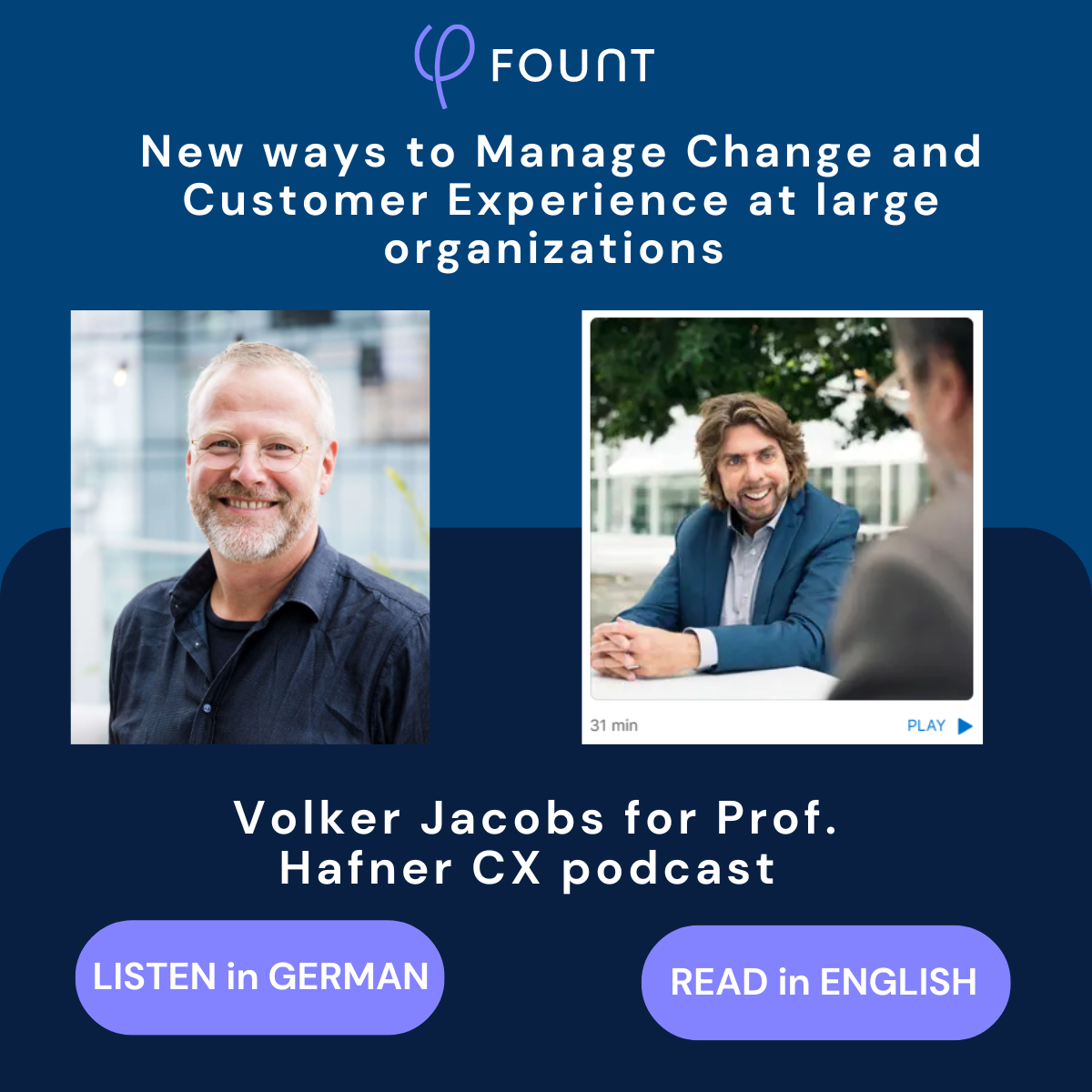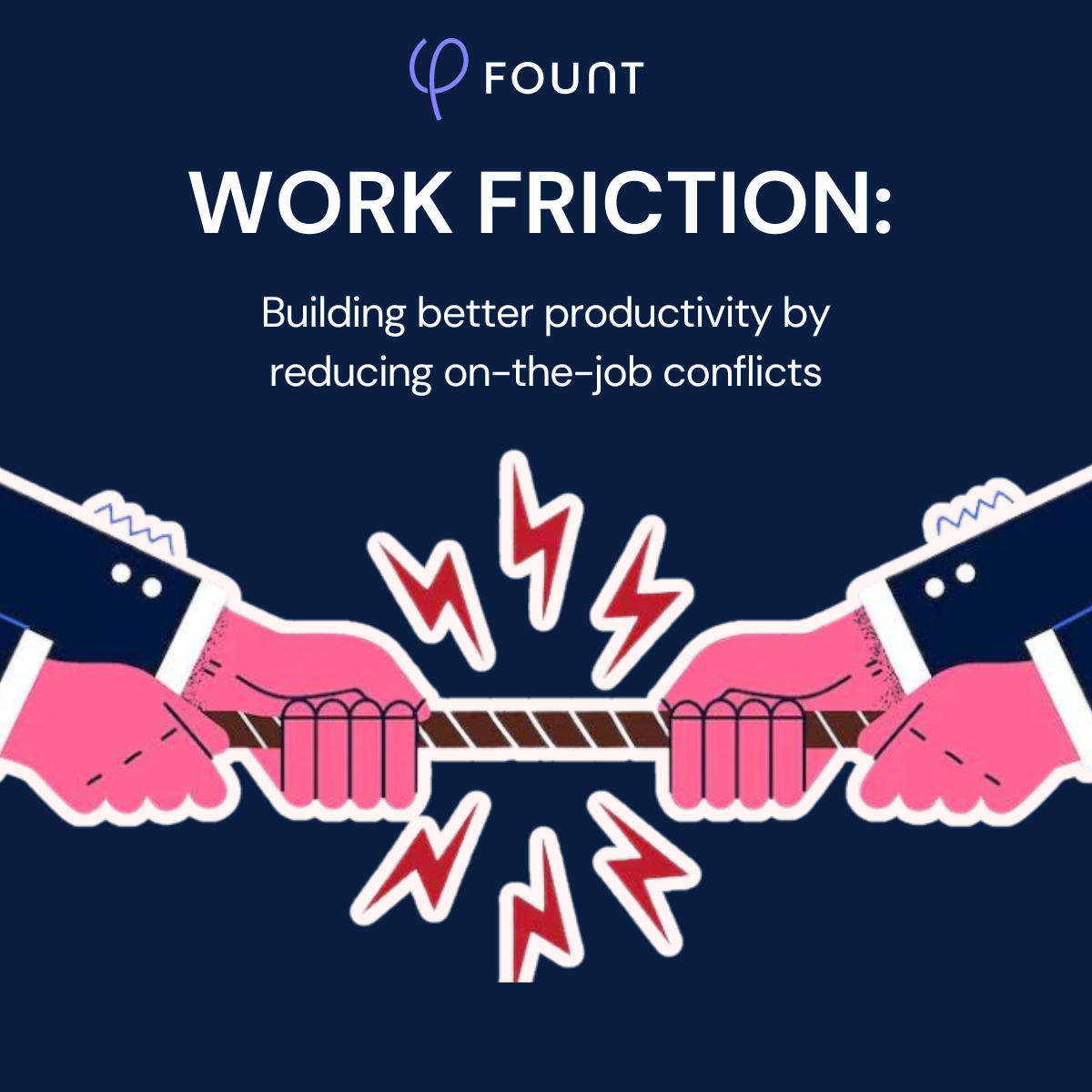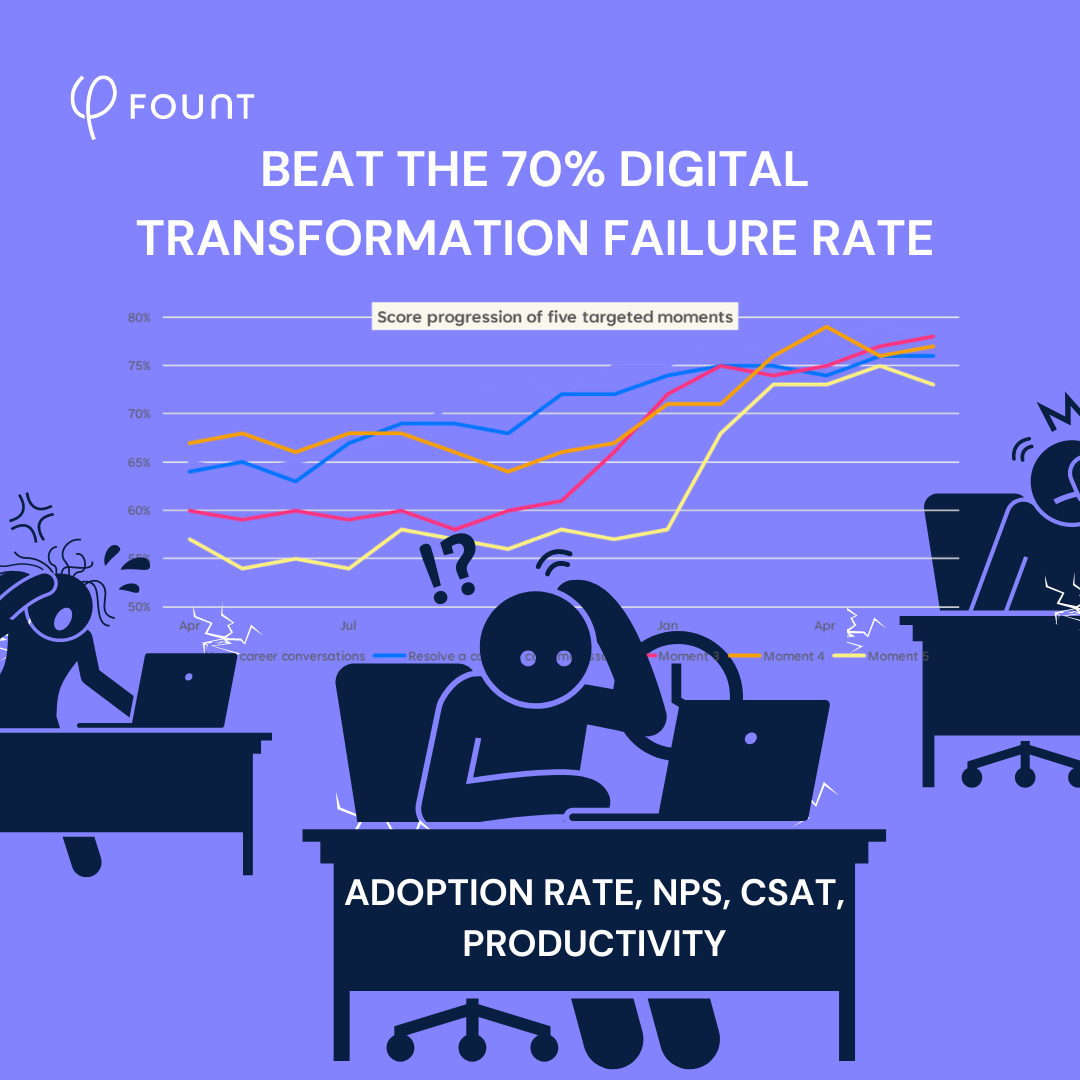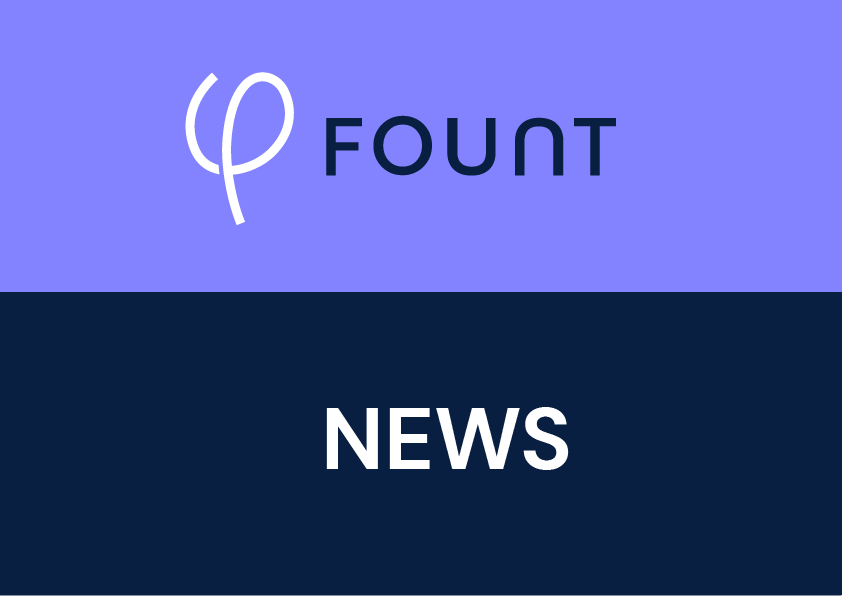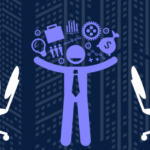Wile E. Coyote rarely, if ever, works out of an office. In fact, spending his workdays out and about throughout the Southwestern United States, one might even consider the Coyote a remote work pioneer.
It’s true, the peaks and valleys through which the Coyote pursues the Road Runner aren’t particularly reminiscent of office parks, coworking spaces, or well-appointed home offices. But when it comes to wasted energy, misaligned goals, and an all-too-common sense of workaday frustration, a familiar experience lurks within that landscape.
That fact is that work friction is nearly omnipresent in the momentary calamities that regularly upend the Coyote’s day. And entertaining though they may be, those moments turn out to have a lot in common with the disruptive experiences today’s employees live through at work.
If this all sounds surprising, that’s OK. It can be hard for leadership and HR to immediately recognize what employees experience throughout their day-to-day workflow. In fact, work friction can only be seen through employees’ eyes.
Here’s what Wile E. Coyote’s pursuit of the Road Runner teaches us about moments of work friction employees too often endure.
Inflexibility Invariably Leads to Work Friction
Wile E. Coyote’s most calamitous moments of work friction are a direct result of his reliance on ACME Corporation products. In a cartoon, of course, such dogged brand loyalty enhances comedic effect. You wouldn’t, after all, rely on products – say, defective call center headsets – that time and time again make it harder for employees to do their jobs. Would you?
Let’s say, for example, you work in HR for a company that administers call centers. Despite your best efforts, you discover employees throughout your system regularly experience equipment failure on the call center floor.
Of course, the products that fail the Coyote are hilariously hyperbolic (a jet-propelled pogo stick), if they don’t simply defy the laws of physics (Acme “portable” holes). But in a call center, it’s no stretch to imagine agents frustrated by slow-to-load software or wireless headsets that simply won’t hold a charge.
One solution? Switch software providers. Another? Find a more stable brand of headsets for employees to use on the floor. But while one of these solutions (software migration) is more difficult than the other (replacing approved hardware), both are projects that lead decision-makers to encourage employees to grit and bear what doesn’t work.
Such inflexibility is itself an instance of work friction. And the friction points quickly compound as employees seek to “hack” their experiences and make moments of work less burdensome. We explore how in our next section…
Workplace “Hacks” Cause Employees to Waste Energy
Twenty percent of employees experience 18 moments of frustration every week with the tech tools they use at work. And that leads employees to each lose over an hour of productivity per week as they try to find workarounds, or “hacks,” that help them meet their goals.
Let’s call those frustrations and the hacks meant to address them what they are: work friction.
A tempting solution might be to look the other way when frustrated employees hack an insufficient system and bring their own headsets to work. But beyond the security risks that arise when employees bring unsanctioned personal devices inside an organization’s security perimeter, those devices may not sync with internal systems and in turn fail to work as intended.
Think of an employee’s personal device like the “portable hole” mentioned above. It’s a tool that, in sync with an ecosystem, presents a quick fix. But if that tool requires employees to instead experience regular moments of failure (say, the “hole” is just a black sticker on a rock, causing the Coyote to crash into it while chasing the Road Runner, or a headset’s bluetooth regularly disconnects, causing agents’ customer-support calls to drop), it’s a new source of work friction.
Though Wile E. Coyote’s pursuit of the Road Runner is famously marred by an avalanche of work friction, in the world where we work there are solutions. Next, let’s look at how organizations can root out and resolve work friction.
Work Friction Fighters Find Solutions in Employee Experiences
Watch even a few episodes of the Coyote’s pursuit of the Road Runner and you’re sure to see the Coyote run off a cliff. Notably, you’re just as sure to see that the Coyote doesn’t immediately plummet to earth. Rather, he keeps running for a few seconds, or suspends momentarily in the air. Then he looks down and realizes there’s no ground beneath his feet. Then he falls.
Likewise, HR teams and leadership too often focus solely on a company’s successes – and through it may sound counterintuitive, that’s bad for business. Success is a company’s goal, right? What’s more: compassionate leaders may value shaping their management style via the power of positive thinking.
That does indeed sound positive. But the practice keeps companies, leaders, and the HR functions that support them from recognizing when, how, and why things are going wrong for their employees. And without appropriate attention paid to the details of their surroundings (that is, their employees’ experiences), organizations are likely to realize errors of their ways too late.
Luckily, it’s easy for leaders and their HR teams to stay on course (and on solid ground). Brief, moment-specific surveys effectively help organizations learn when work friction occurs and how exactly employees experience those moments.
With as few as 50 data points, surveys can be used to identify and prioritize the worst moments of friction, develop specific solutions, track the success of those solutions, and even iterate as necessary (remember: inflexibility invariably leads to work friction).
A Moment-Centric Approach Enables Better Moments at Work
Employees experience work friction no matter where they work. Unlike the Coyote catching the Road Runner, it’s an inevitability. But with the right approach – that is, paying attention to the most friction-filled moments of work, as detailed by the employees who experience them – organizations can support a workplace that empowers all employees to achieve their goals.
To learn more about work friction solutions, Book a Demo.
